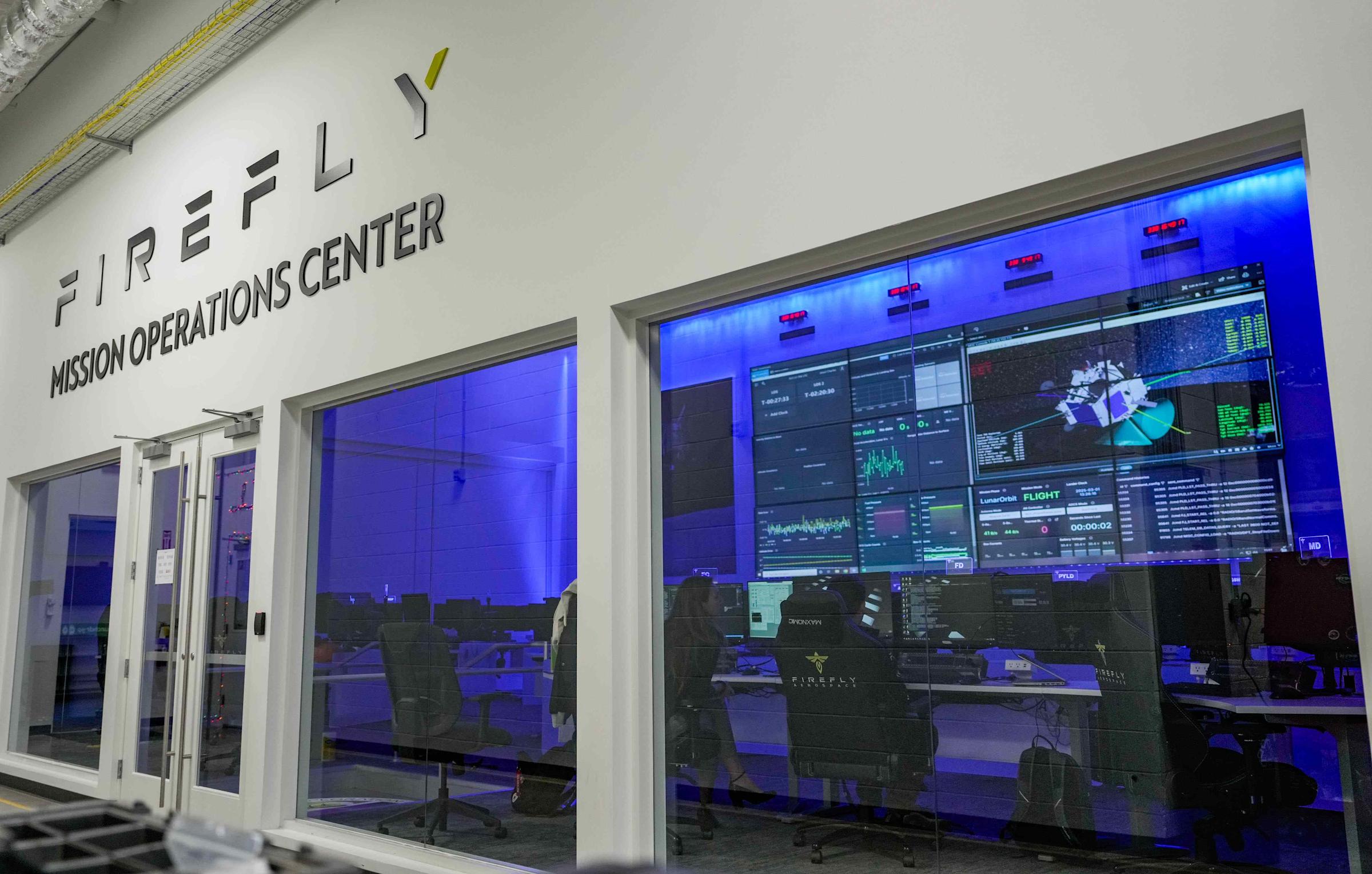Firefly Aerospace Sets IPO Price at $45, Surpassing Expectations Ahead of Nasdaq Debut
Firefly Aerospace Sets IPO Price at $45, Surpassing Expectations Ahead of Nasdaq Debut
By
Junia Wells
Last updated:
August 7, 2025
First Published:
August 7, 2025

Photo: Yahoo Finance
Firefly Aerospace, a rising force in the commercial space industry, priced its initial public offering (IPO) at $45 per share on Wednesday—exceeding its already-raised expectations of $41 to $43. This higher-than-anticipated pricing reflects strong investor interest ahead of the company’s debut on the Nasdaq under the symbol FLY, scheduled for Thursday.
The IPO raised a substantial $868 million in gross proceeds, giving the Cedar Park, Texas-based company a valuation of approximately $6.3 billion.
IPO Pricing and Demand Surge
Firefly initially filed its S-1 prospectus in July, targeting a share price between $35 and $39. However, growing interest from institutional investors prompted the company to adjust that range upward earlier this week.
This pricing strategy aligns with renewed market enthusiasm for space-tech companies, particularly those showing early commercial viability and government contract wins. According to Renaissance Capital, Firefly’s IPO ranks among the top 10 largest in 2025 so far.
A Resilient Space-Tech Challenger
Founded in 2014, Firefly Aerospace develops small- to medium-lift launch vehicles, lunar landers, and advanced space systems for both commercial and government customers. It has emerged as a serious contender in the increasingly crowded aerospace sector, often dominated by giants like SpaceX and Blue Origin.
Earlier this year, Firefly achieved a major milestone by successfully landing its Blue Ghost lunar lander on the Moon—a historic moment for a company less than a decade old. The lander mission was part of NASA’s Commercial Lunar Payload Services (CLPS) program, a stepping stone to the Artemis missions.
The company also secured a $177 million contract with NASA last month to deliver science and technology payloads to the Moon’s surface in 2026.
Backed by Major Players and Strategic Partners
Firefly’s credibility has been bolstered by partnerships with several defense contractors. Notably, Northrop Grumman invested $50 million in the company earlier this year. It also collaborates with Lockheed Martin and L3Harris Technologies on a variety of aerospace and national defense initiatives.
These partnerships are critical as the company aims to scale operations and expand its services beyond satellite deployment into deep-space logistics and national security missions.
Financial Performance and Future Outlook
For the quarter ending in March 2025, Firefly reported:
- Revenue: $55.9 million — a sixfold increase from $8.3 million in the same quarter last year
- Net Loss: $60.1 million, compared to $52.8 million a year ago
- Backlog: $1.1 billion in signed contracts and pipeline deals
This rapid revenue growth, despite increasing losses, is typical of early-stage aerospace firms prioritizing R&D, infrastructure, and mission execution.
Investors are clearly betting on Firefly’s ability to transition from a high-burn, high-growth startup into a long-term space infrastructure company.
A Reawakening IPO Market
Firefly’s IPO marks one of several notable debuts in 2025, alongside Voyager Technology and Karman Holdings, both space-focused firms that have gone public earlier this year. Outside the aerospace sector, names like Figma, CoreWeave, and Circle have also helped revive what was a stagnant IPO market.
According to PitchBook, the U.S. IPO market has already surpassed $30 billion in raised capital this year—a strong recovery compared to the last two years.
Final Thoughts
Firefly Aerospace's IPO isn't just another tech company going public—it's a bet on the future of off-world logistics, government partnerships, and commercial space. Its ability to command a premium price per share reflects both investor confidence and the high-stakes competition fueling the next generation of space exploration.
As it begins trading on the Nasdaq, all eyes will be on FLY to see whether it can sustain its early momentum and deliver long-term returns to shareholders.
Popular articles
Subscribe to unlock premium content
Global Cultures and the Hidden Drivers of Productivity and Happiness

The Future of Personalized Medicine

Digital Nomads and the New Global Economy

Global Cultures and the Hidden Drivers of Productivity and Happiness

The Future of Personalized Medicine

Global Cultures and the Hidden Drivers of Productivity and Happiness









